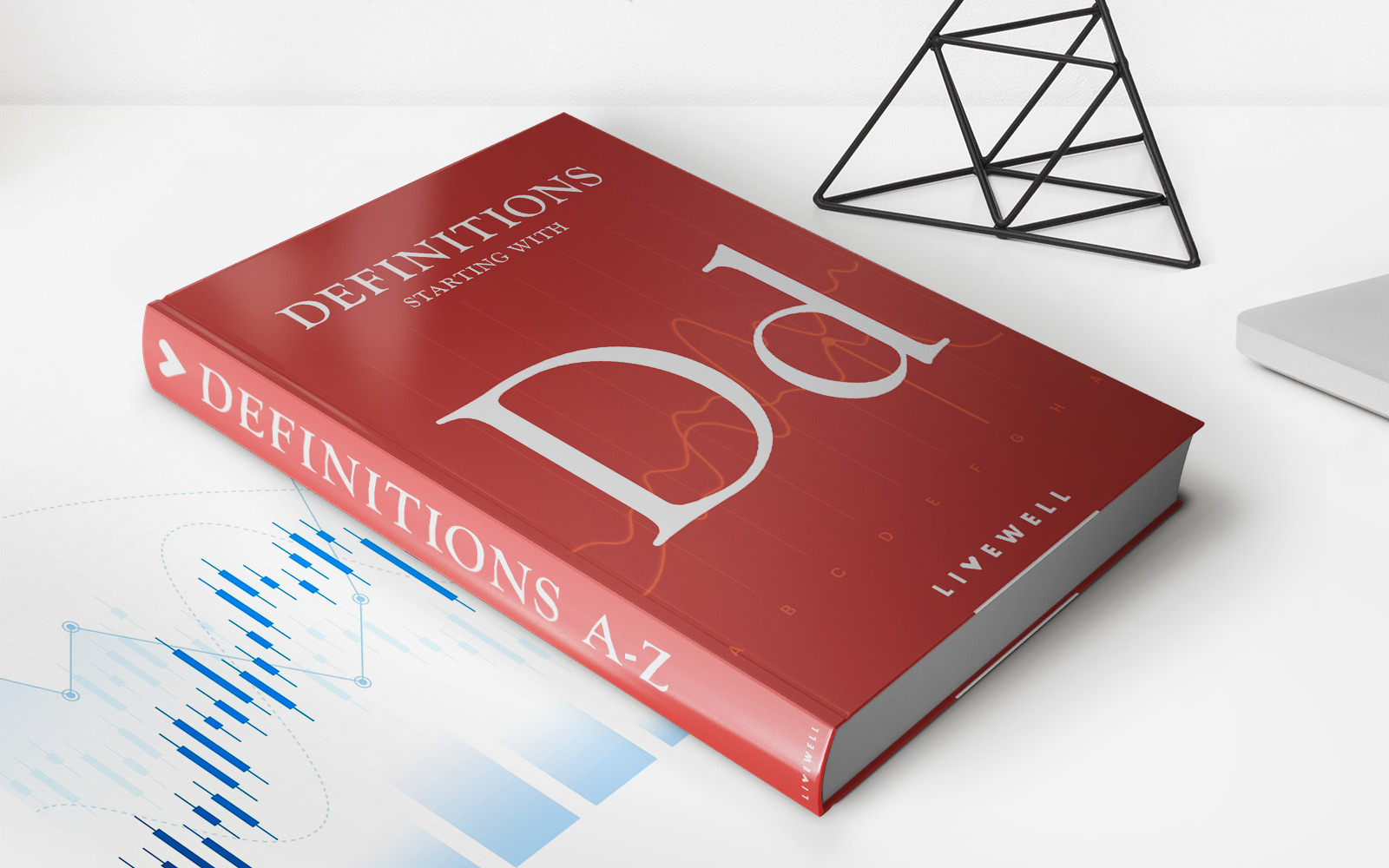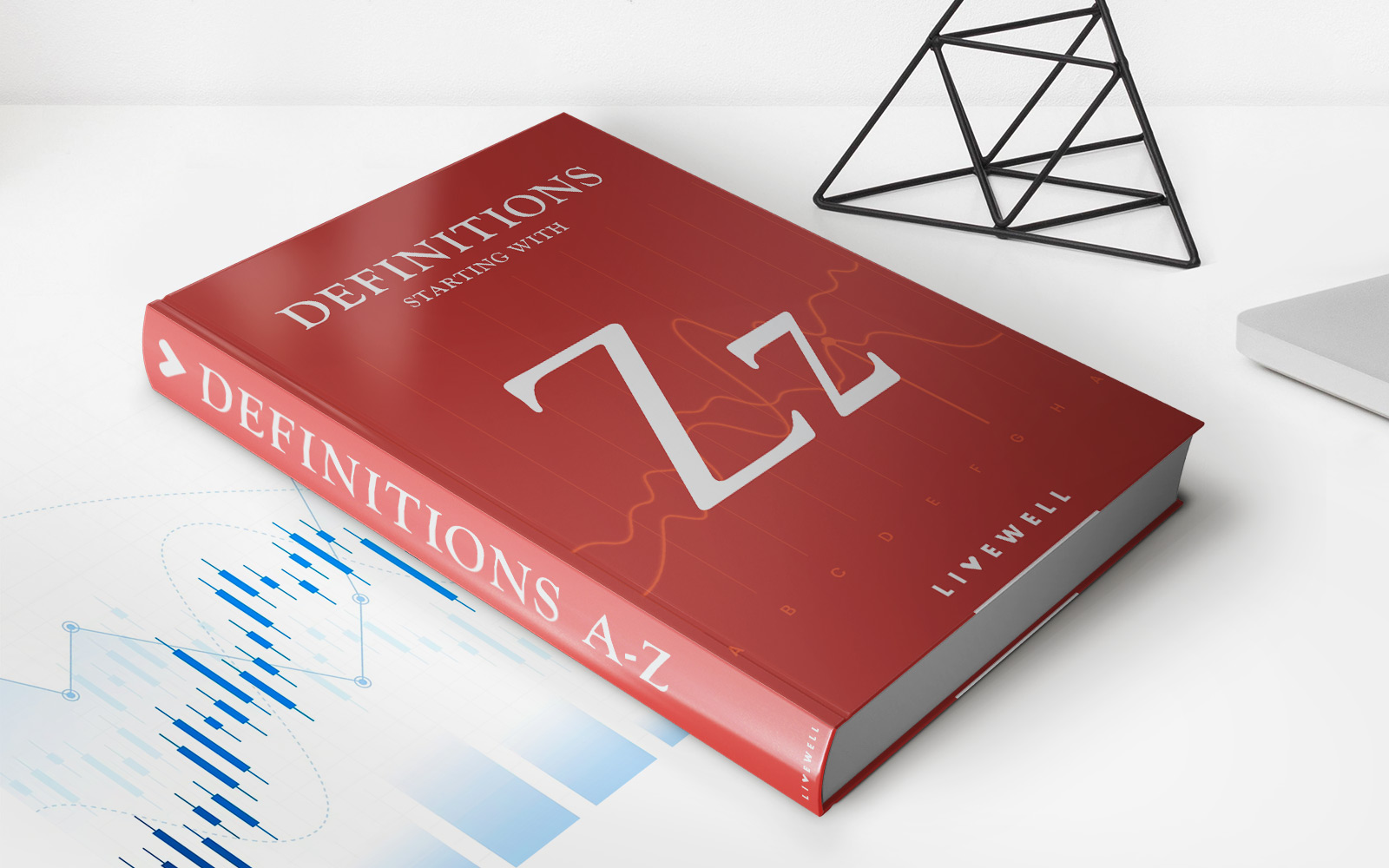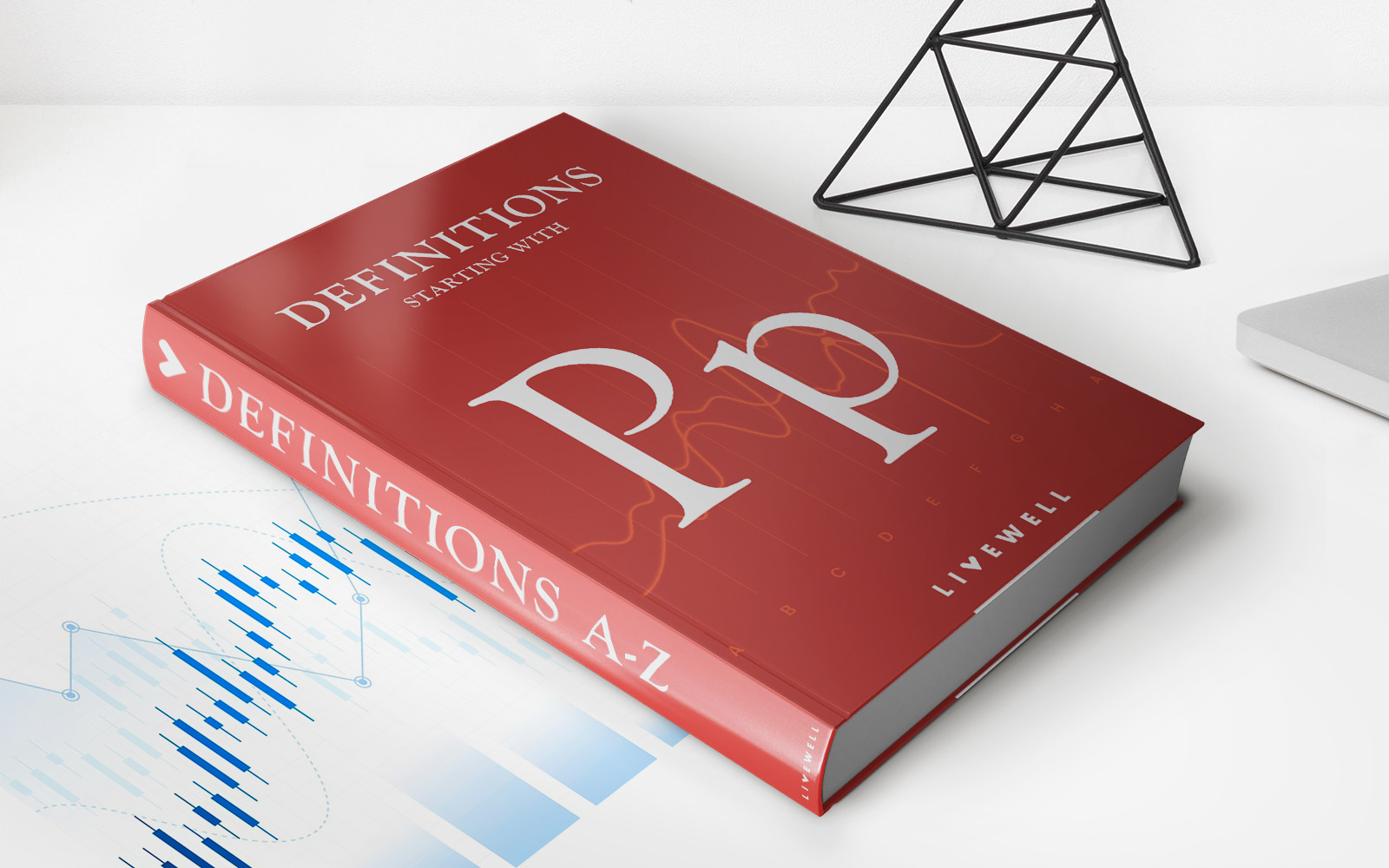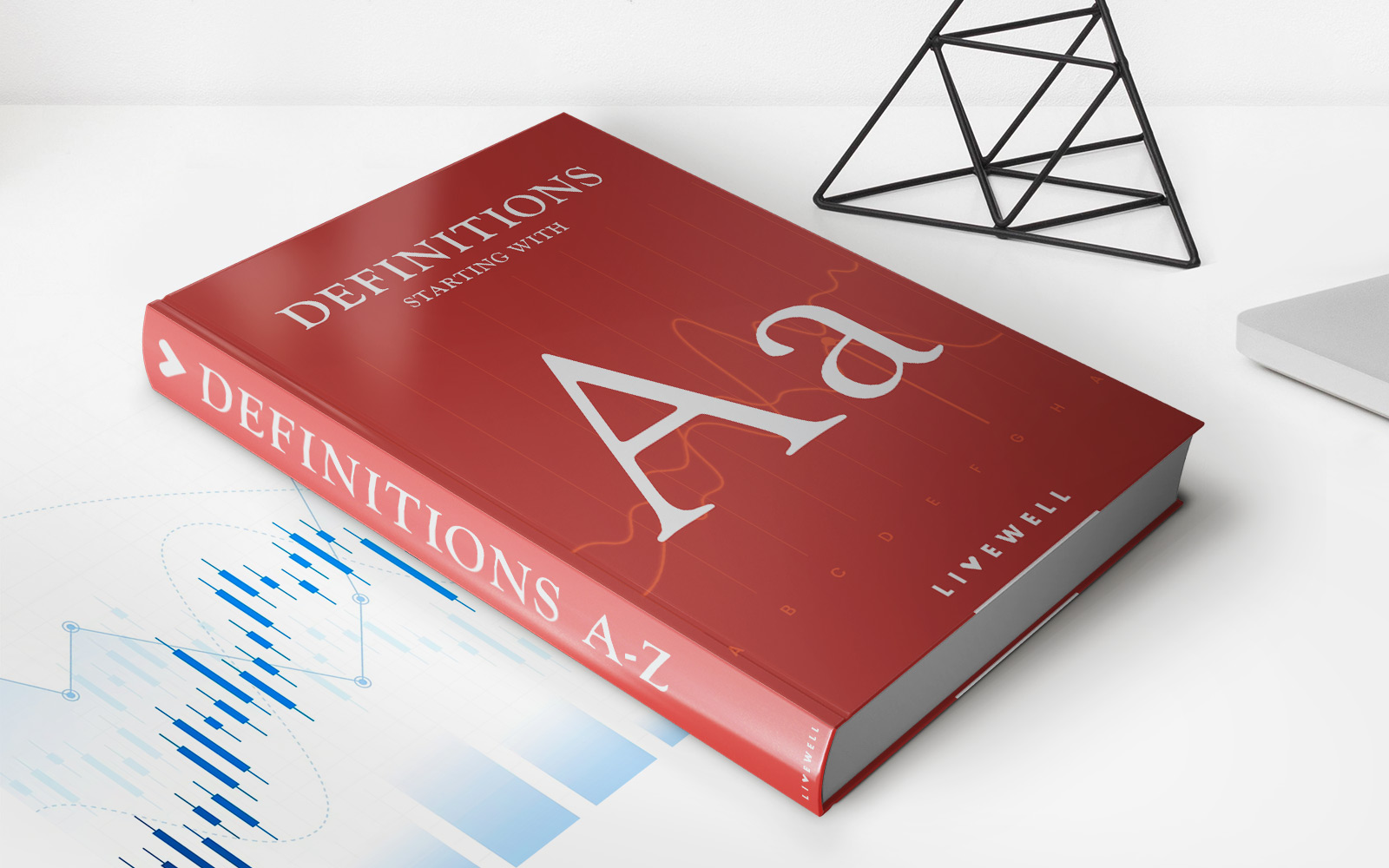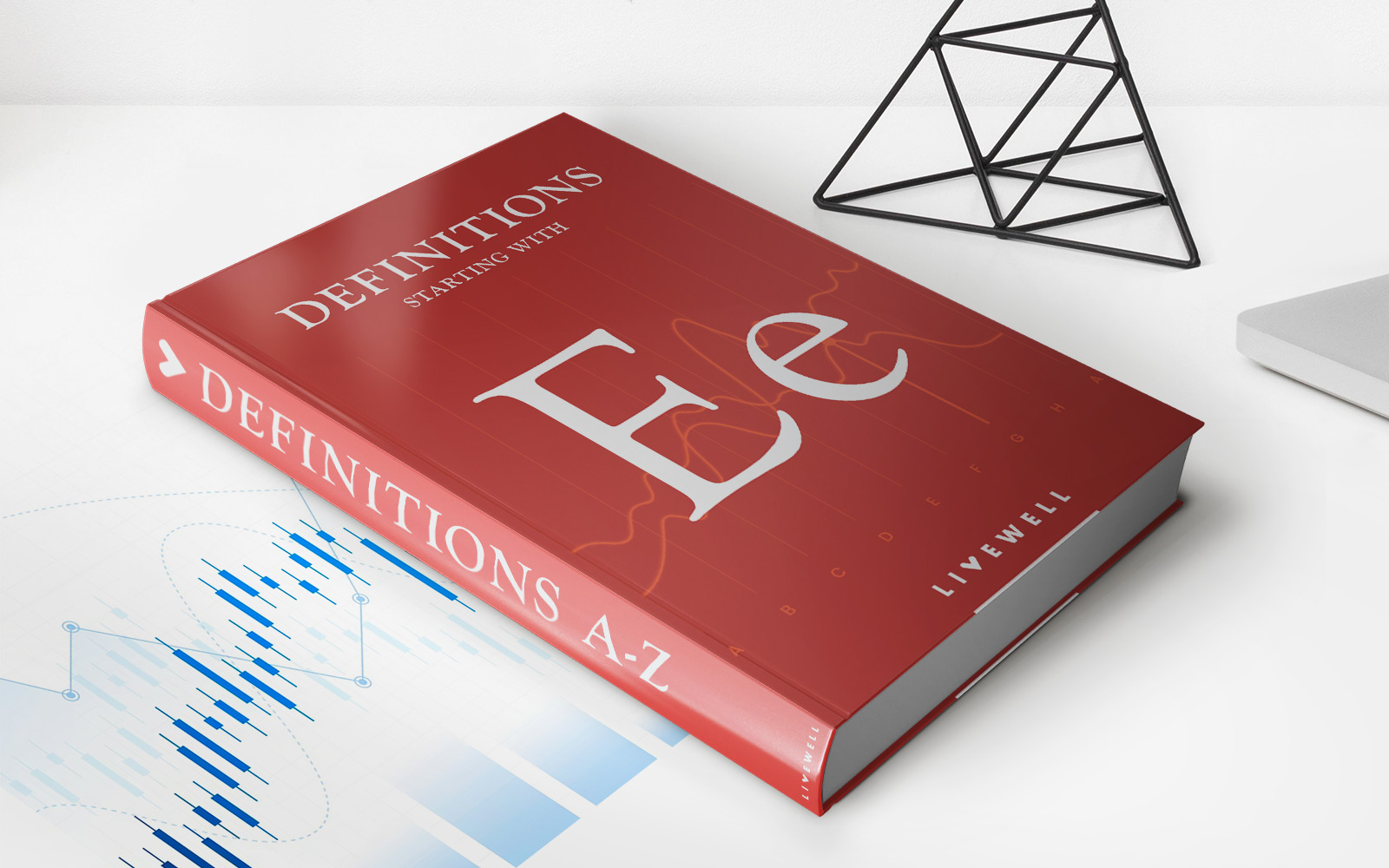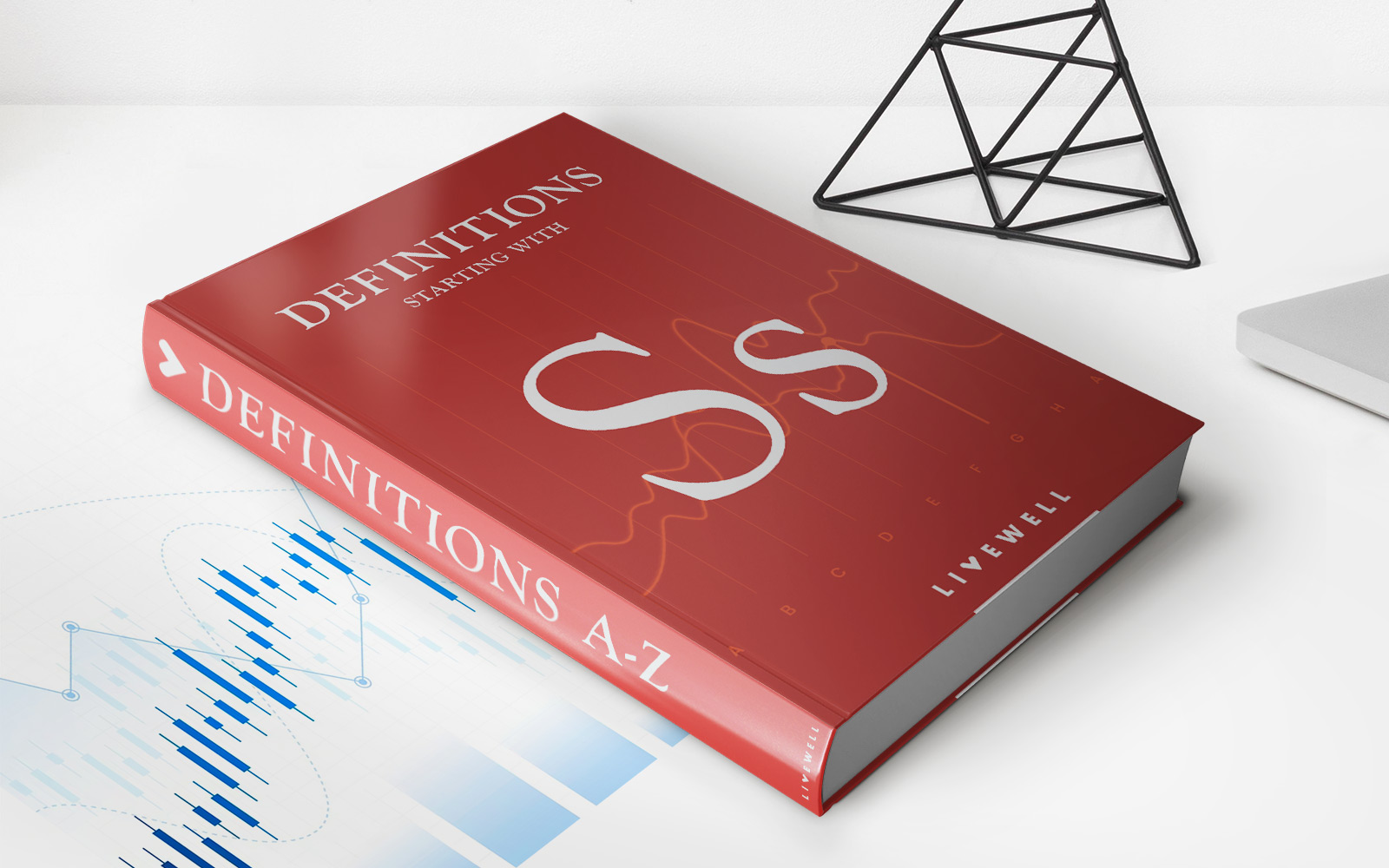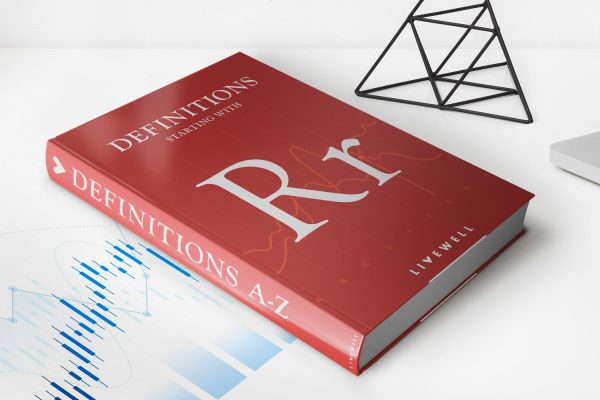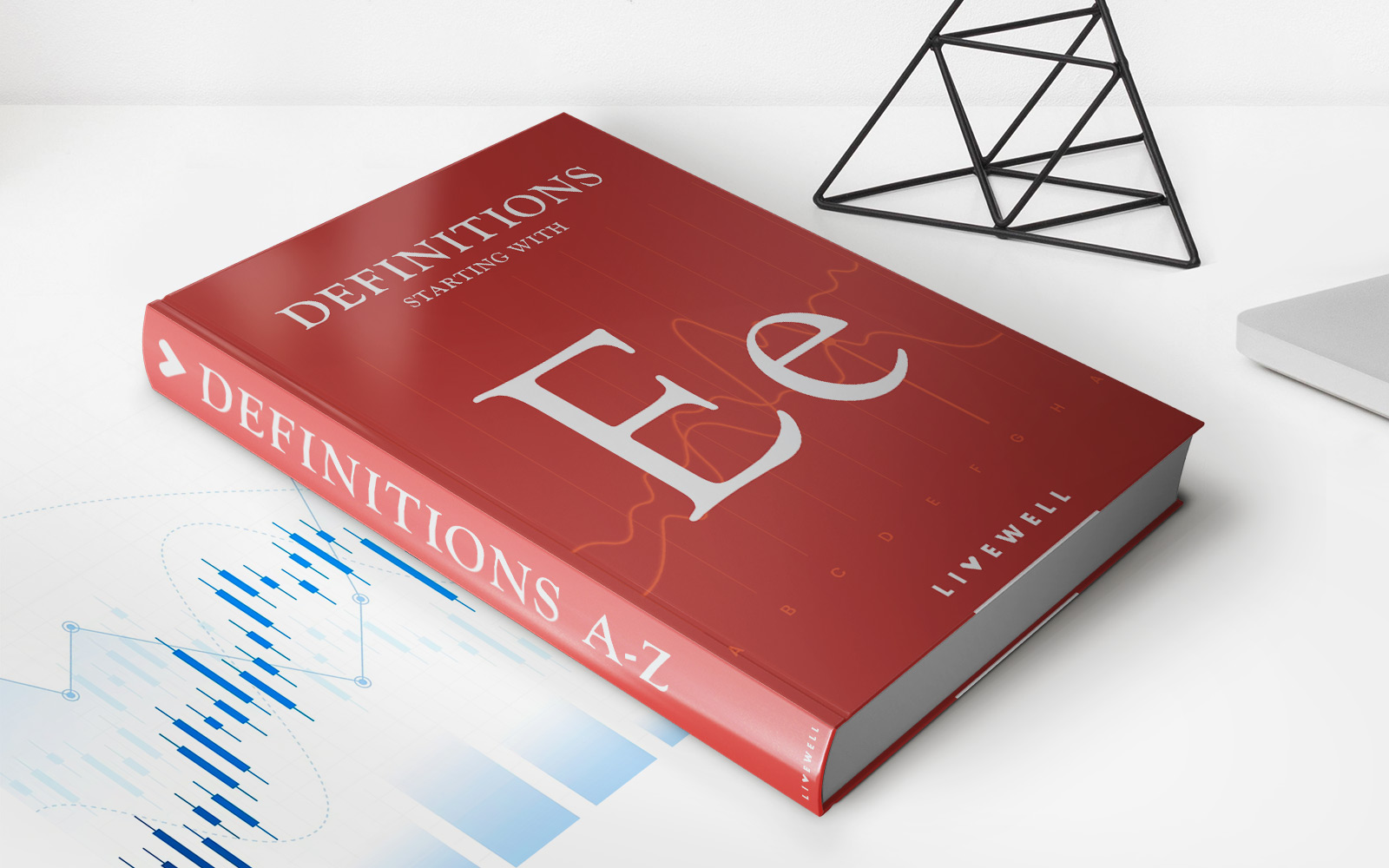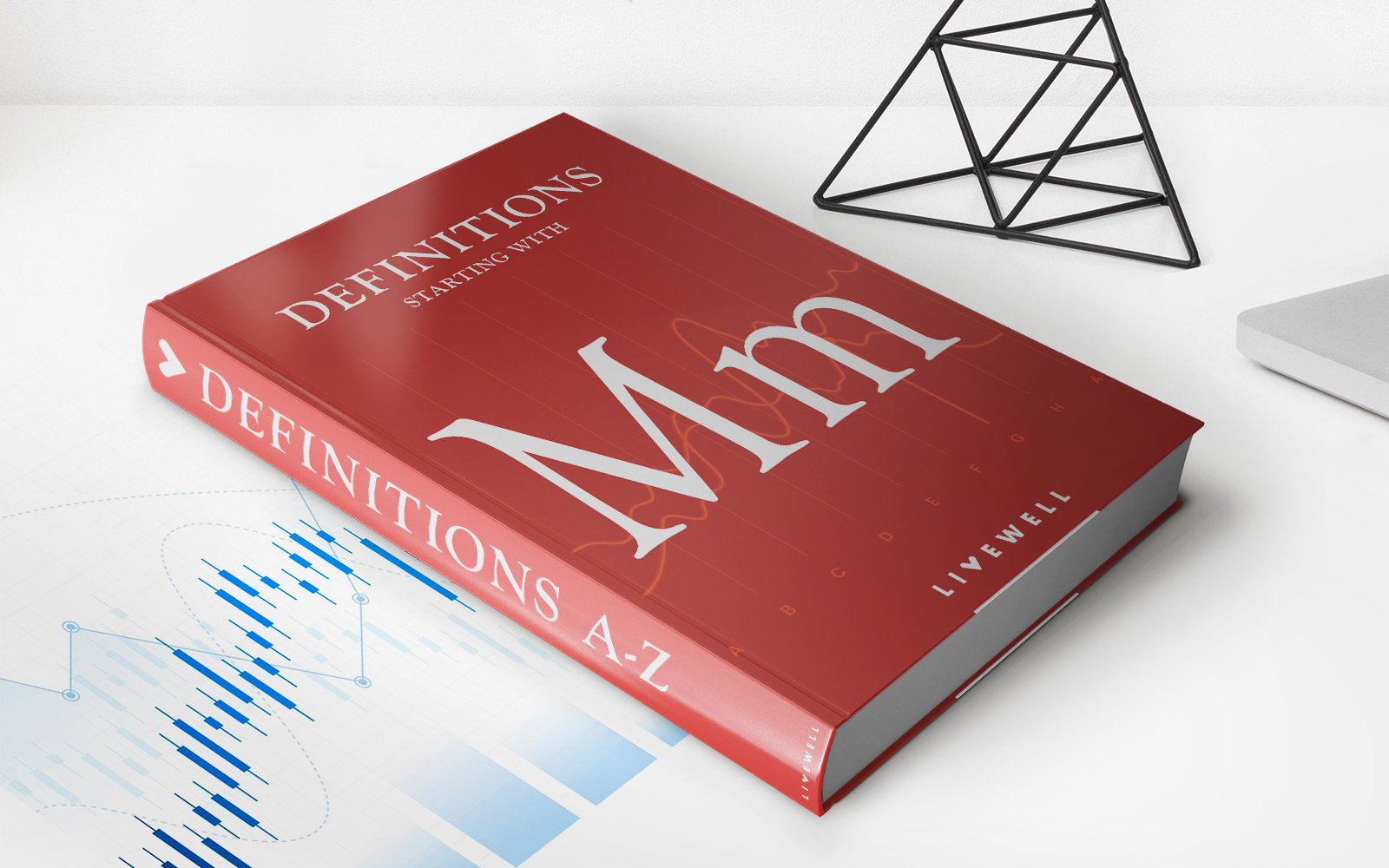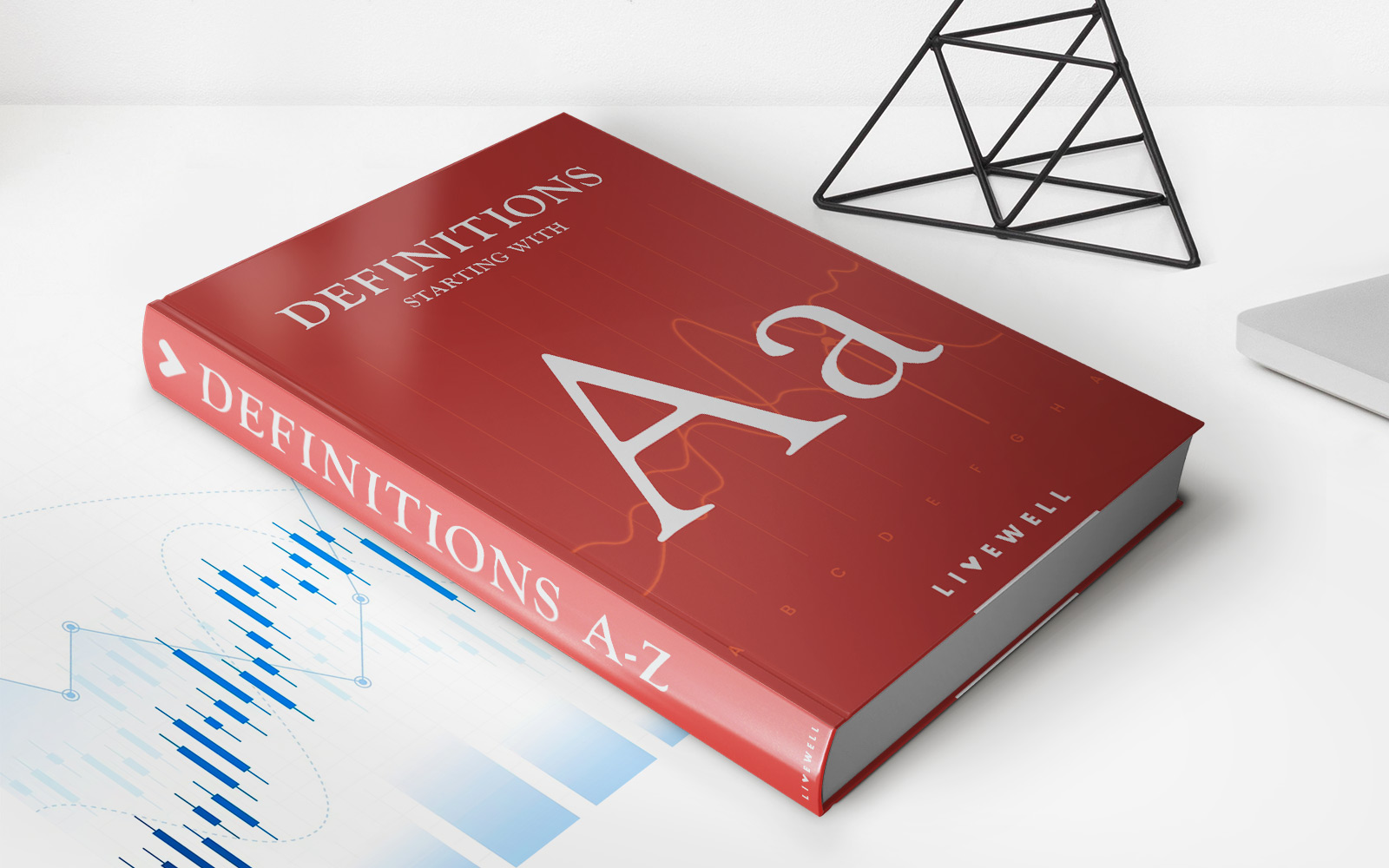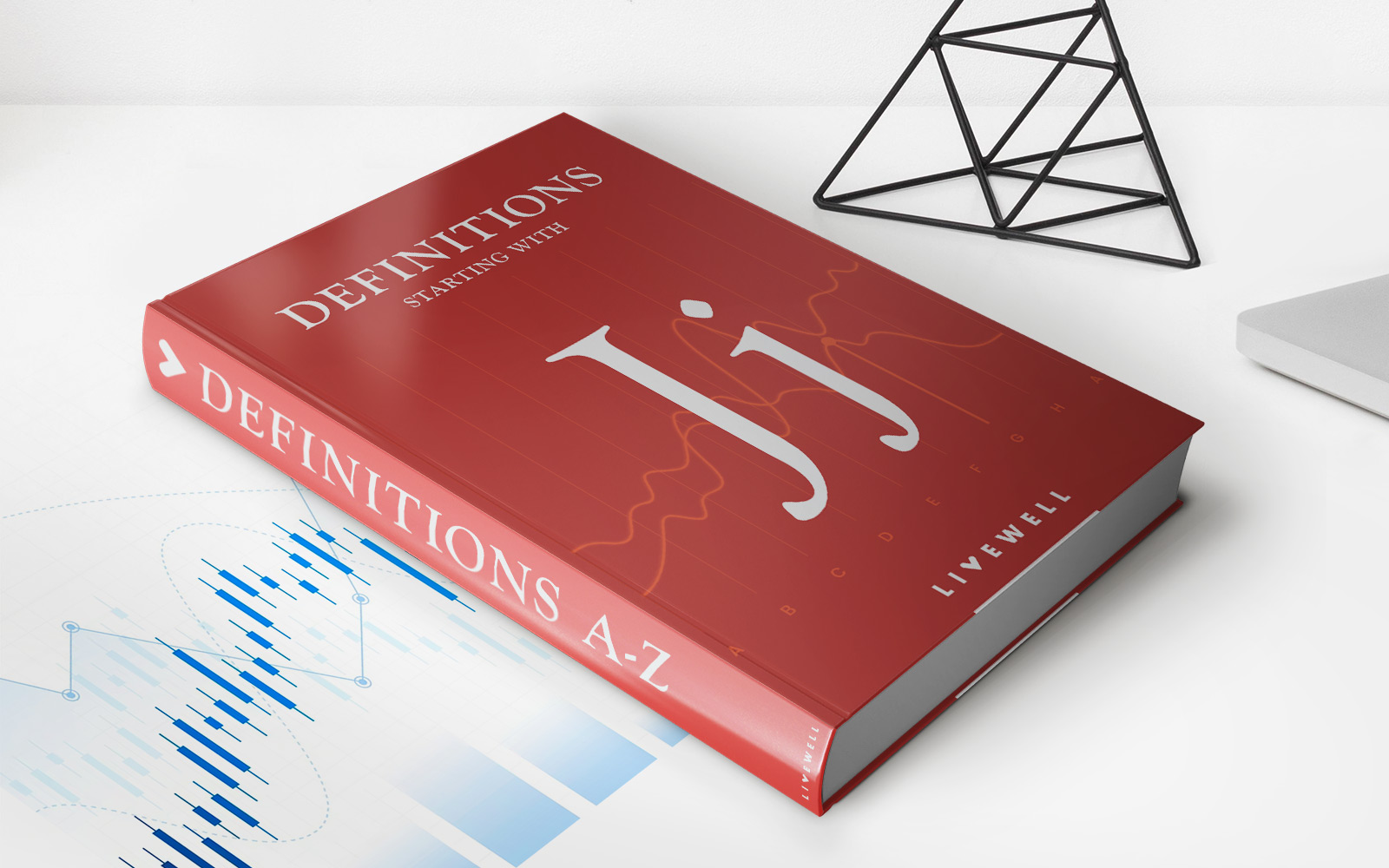

Finance
Jarrow Turnbull Model Definition
Published: December 14, 2023
Discover the Jarrow Turnbull Model and its application in finance. Gain a comprehensive understanding of this widely used financial model.
(Many of the links in this article redirect to a specific reviewed product. Your purchase of these products through affiliate links helps to generate commission for LiveWell, at no extra cost. Learn more)
The Jarrow Turnbull Model Definition: A Comprehensive Guide
When it comes to understanding finance, there are many models and concepts that play a crucial role in analyzing and predicting various financial scenarios. One such model is the Jarrow Turnbull Model. In this blog post, we will dive deep into the Jarrow Turnbull Model definition, its components, and its relevance in the world of finance.
Key Takeaways:
- The Jarrow Turnbull Model is a financial model used to calculate the probability of default for a given credit risk.
- This model takes into account various factors such as interest rate movements, credit spreads, and borrower-specific information to estimate the likelihood of default.
So, what exactly is the Jarrow Turnbull Model? Developed by Robert A. Jarrow and Stuart M. Turnbull, this model is a widely used tool in credit risk analysis. It helps financial institutions, investors, and analysts understand the likelihood of a borrower defaulting on their financial obligations.
The Jarrow Turnbull Model is based on the concept of structural credit risk models. These models assume that the value of a company’s assets and liabilities can fluctuate over time due to various factors. By incorporating these factors into the model, analysts can estimate the probability of default for a given credit risk.
To better understand how the Jarrow Turnbull Model works, let’s break down its key components:
1. Interest Rate Movements:
The model takes into account the movements in interest rates as an important factor that affects the probability of default. Changes in interest rates can influence a company’s ability to meet its financial obligations, making it an integral part of the analysis.
2. Credit Spreads:
Credit spreads represent the additional yield an investor demands for taking on the credit risk of a particular borrower. The Jarrow Turnbull Model incorporates credit spreads as an input to estimate the probability of default. Higher credit spreads indicate a higher probability of default.
3. Borrower-Specific Information:
The model also considers borrower-specific information, such as financial ratios, asset quality, and management capabilities. By including these factors, the Jarrow Turnbull Model offers a more tailored and accurate estimation of the probability of default.
So, why is the Jarrow Turnbull Model important in the world of finance? Here are a few reasons:
1. Risk Management:
The Jarrow Turnbull Model allows financial institutions and investors to assess credit risk accurately. By understanding the likelihood of default, banks and investors can make informed decisions regarding lending or investing in a particular borrower.
2. Portfolio Diversification:
Investors can use the Jarrow Turnbull Model to optimize their portfolio by diversifying their investments across different credit risks. This helps reduce the overall risk exposure and potentially increase returns.
In conclusion, the Jarrow Turnbull Model is a powerful tool for assessing credit risk and understanding the probability of default. By incorporating various factors like interest rate movements, credit spreads, and borrower-specific information, this model provides valuable insights to financial institutions, investors, and analysts. It plays a crucial role in risk management and portfolio diversification, making it an essential concept to grasp in the world of finance.
